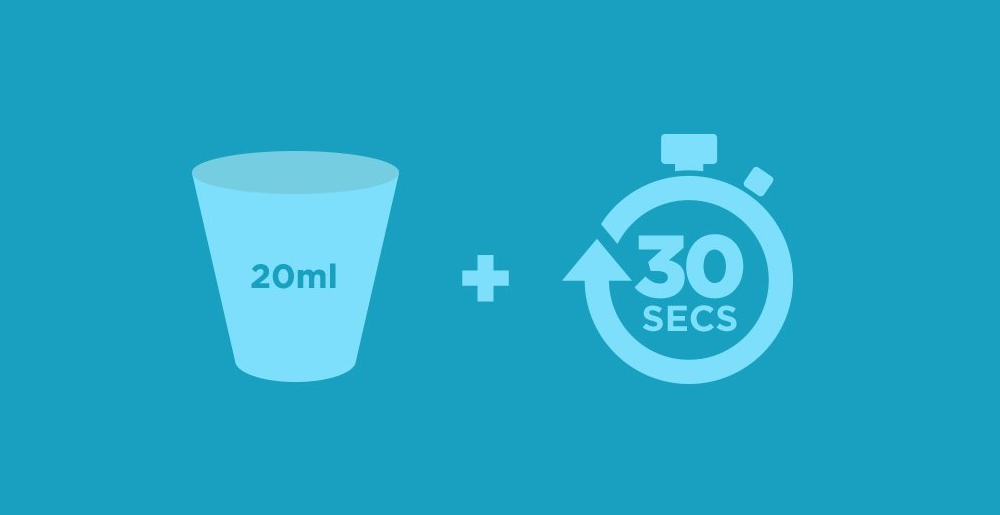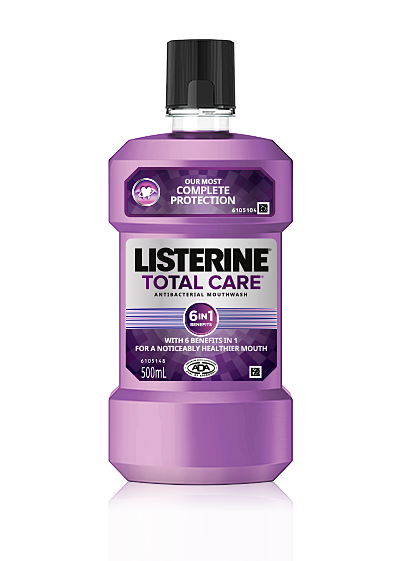It’s common for women to notice many changes in their bodies during pregnancy. Some of those changes even affect the health of their smiles. From changes in diet, symptoms of nausea, and fluctuation of hormones, a pregnant woman’s oral health can dramatically change. Knowing that this is normal can help a pregnant woman know how to prepare to keep her smile healthy and what to do to limit the impact of the side effects.
What causes bleeding gums during pregnancy?
Some of the most common symptoms that women will begin to experience in their mouth during a pregnancy are:
Bleeding gums
Swollen gum tissue
Even with very good oral hygiene practices, a woman may still suffer symptoms of something called “pregnancy gingivitis”. In rare cases this condition can even cause small fibrous growths that are sometimes referred to as “pregnancy tumours.” While these are not necessarily dangerous, they do cause aesthetic concerns that last through the remainder of the pregnancy.
Women with high-risk pregnancies may be more likely to suffer from severe gingivitis than women with normally healthy pregnancies. Those same women are more susceptible to dental problems later on. Knowing how to manage oral health during pregnancy is an important factor not only for the mother, but also the child.
Poor oral health is dangerous for your baby
If bleeding gums and gingivitis are not properly managed, they can progress into gum disease (periodontal disease). Unmanaged periodontal disease allows bacteria to travel from the mouth through the cardiovascular system, and even potentially to the foetus.
Women with active gum disease are at an increased risk of:
Premature labour and birth
Low birth weight infants
Preeclampsia
Being able to prevent these problems or reverse them is an essential part of having a healthy mouth as well as a healthy pregnancy.
What you can do to keep your smile healthy during pregnancy
A dedicated oral hygiene routine can limit the amount of gum disease symptoms like bleeding and swelling during your pregnancy. Most gingivitis symptoms are capable of being reversed in just 2 weeks. Symptoms that progress longer or do not respond to treatment may be indicative of periodontal disease or a more serious form of pregnancy induced gingivitis.
» Tips on maintaining good oral hygiene
Brush at least twice a day
Take your time. Brush for at least 2 minutes twice each day, with a soft bristled toothbrush. Angle the brush toward the gumlines to stimulate the gum tissue as well as to remove anaerobic bacteria along the gumlines. Continue doing so even if the gum tissue bleeds or is sensitive. Focus on just one or two teeth at a time, being careful not to rush or scrub too aggressively.
» How to kill the germs that brushing misses
Clean between your teeth
Removing bacteria between the teeth and under the gumlines is essential to having a healthy mouth. You can choose between floss, a floss pick, or water flosser, as long as you are using it at least once a day. Focus on the areas under the gumlines, between the teeth.
» The best way to floss your teeth
Use the right mouthwash
An antibacterial mouthwash that contains essential oils can significantly reduce the amount of plaque and bacteria when used alongside brushing and flossing. If you have any concerns, contact your GP or dentist.

GOODBYE MORNING BREATH
Go Beyond Just Brushing
